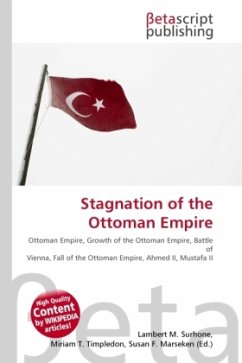High Quality Content by WIKIPEDIA articles! After striking a blow to the weakened Byzantine Empire in 1356 (it is disputed that the year may have been 1358 due to a change in the Byzantine calendar), (see Suleyman Pasha) which provided it a basis for operations in Europe, the Ottoman Empire started its westward expansion into the European continent in the middle of the 14th century. Its first significant opponent was the young Serbian Empire, which was worn down by a series of campaigns, notably in the Battle of Kosovo in 1389, in which the leaders of both armies were killed, and which gained a central role in Serbian folklore as an epic battle and beginning of bad luck for Serbia. The Ottoman Empire proceeded to conquer the lands of the Second Bulgarian Empire the Southern half (Thrace) in 1371 (Battle of Maritsa), Sofia in 1382, the then capital Tarnovgrad in 1393, the northern rest after the Battle of Nicopolis in 1396, except Vidin, which fell in 1422; Albania in 1385 (Battleof Savra) and again in 1480; Constantinople in 1453 after the Battle of Varna and Second Battle of Kosovo;
Bitte wählen Sie Ihr Anliegen aus.
Rechnungen
Retourenschein anfordern
Bestellstatus
Storno








